By clicking “Accept All Cookies”, you agree to the storing of cookies on your device to enhance site navigation, analyze site usage, and assist in our marketing efforts. View our Privacy Policy for more information.
This Hurts, Should I Stretch It? – Part 2 (Lower Body)
A practical guide to understanding why stretching isn’t always the answer for lower body tightness, with clear solutions for hip, back, and calf stiffness to help you move and feel better.
By
October 21, 2025
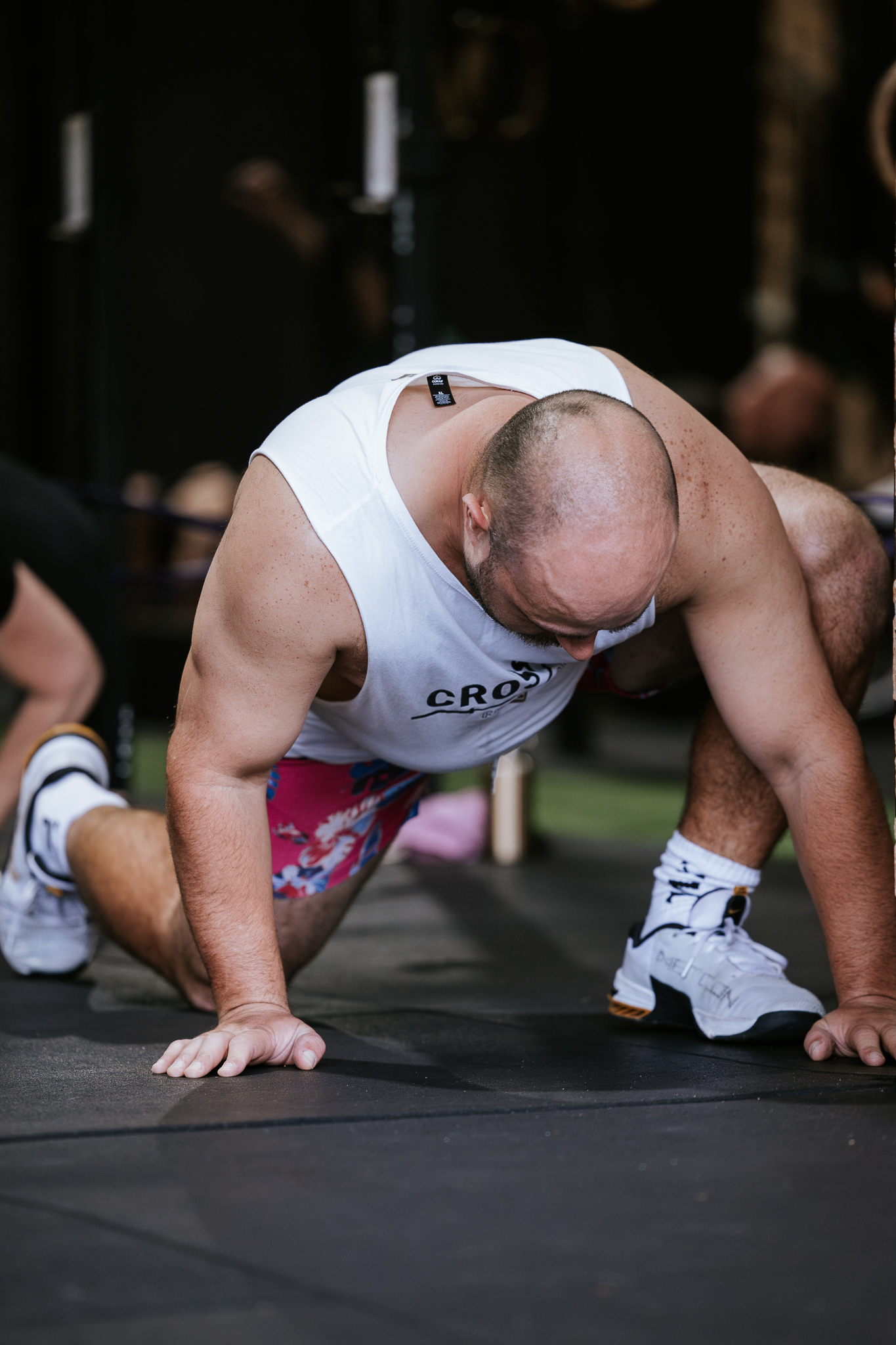
Introduction: When Tightness Doesn’t Mean You Need to Stretch
In the first installment I gave 3 different situations where it’s very common to experience a stiffness/tight sensation and the common first thought is to see if stretching improves the symptoms. Below I want to provide 3 common gym injury niggle presentations that all could be described as stiff/tight/slightly sore and explain my rationale behind how I would approach each differently.
1) Lateral Hip Pain When Lying on Your Side or During Single-Leg Work (Lunges, Step Ups, Running)
Common Culprit- Glute Medius tendinopathy (or much less common- greater trocanteric bursitis)
How to fix it- Tendons don’t respond to static stretching very well at all and a sensitised/weakened tendon can get quite angry when inappropriately stretched. A checklist way of suspecting Glute Med tendinopathy is -
● You’ve increased your training load (particularly running or heavy lower body training) substantially in a short time
● You’re going through peri/menopause where the reduced estrogen can weaken your tendons and reduce your recoverability
● You find single leg work/side planks/clams really challenging + they reproduce your symptoms.
If this is you, we scale single leg work back to something that’s manageable (reduce the load/volume and range of motion + develop the motor control around your hips. In the open gym room, we have posters up of the lock clam, banded side plank clams and touch down squats.
2) Consistent Lower Back Tightness in the Morning (Right After Waking Up)
Most common culprit-
A) lumbar disc irritation (beyond the scope of the article to go into the levels of lumbar disc injuries), but please don’t think that stretching will fix this problem, with most lower back and hip stretches placing you in positions that exacerbate the problem.
B) Facet joint irritation from excessive arching (eg rib flare when pressing overhead)
How to Relieve Morning Lower Back Stiffness
My recommendation-
A) After having your coffee or shower in the morning, perform 6-8 of the cat/camel drill and then see if the stiffness subsides. Gently moving your spine through unloaded extension and flexion is a great way to get a grasp on how the body is feeling and it provides the coach with valuable info on what to keep in the program and what to adjust when we see you next.
https://youtube.com/shorts/2of247Kt0tU?si=_Tjo7nM73pAlByoP
B) McGill Big 3 Core Routine:
We have posters of this routine in the open gym room and the coaches can’t speak highly enough of it’s effect in improving midline position across the entire spectrum of movements that are programmed at CFFG. Having sufficient abdominal core strength (and endurance) not only allows more efficient movement, but will also ensure that excessive pressure isn’t placed on structures of the spine that don’t appreciate a tonne of weight bearing.
So to summarise, my go to for lower back stiffness (especially when it continually presents for more than a few days is-
● Gentle mobilisation (not a stretch)
● Stability work to reinforce positions and reduce unnecessary stress/pressure on tissues that don’t have much capacity to adapt.
3) Calf Stiffness Across Two Common Scenarios (Morning or Post-Run)
Situation: Soreness to initiate walking or the feeling of stiffness when moving or trying to stretch your calf.
Need to consider: If you did a high volume double under or box jump session the previous day, there’s always a chance that this could simply be delayed onset muscle soreness, however even this situation isn’t a great candidate for stretching, with general movement and foam rolling more productive in reducing soreness.
The achilles tendon is the strongest tendon in the body and during skipping and running has the ability to absorb greater than 7x your bodyweight. However that ability needs to be developed gradually overtime and if your training ramps up in volume with any of these movements, you run the risk of an acute overload (presents as a tendinopathy) and produces the symptoms in your calf/heel of pain first thing in the morning, as well as stiffness.
Plan of Attack for Calf and Achilles Tightness
Plan of Attack: Re-develop the achilles tendon strength via:
● Double leg calf raise holds (4 x 40 seconds) progressing to
● SIngle leg calf raise holds (4 x 40 seconds)
● Single leg calf raises
● Slow sled push (develops resilience and strength when focusing on the foot’s push off)
The key thing to note is that there has to be a balance between the training that you put into your achilles and the recovery you give it. The less recovery you can do, the lower the training volume that’s tolerated on an irritated tendon.
Final Thoughts: Stop Stretching, Start Strengthening
If your lower body feels “tight,” it doesn’t always mean you need to stretch.
Often, your muscles and tendons are overloaded, under-recovered, or weak in certain ranges — and what they really need is controlled movement and strength work, not passive stretching.
At CrossFit Feel Good, we focus on movement quality, strength resilience, and recovery balance, helping members move and feel their best without pain.
.jpg)

.jpg)
.jpg)
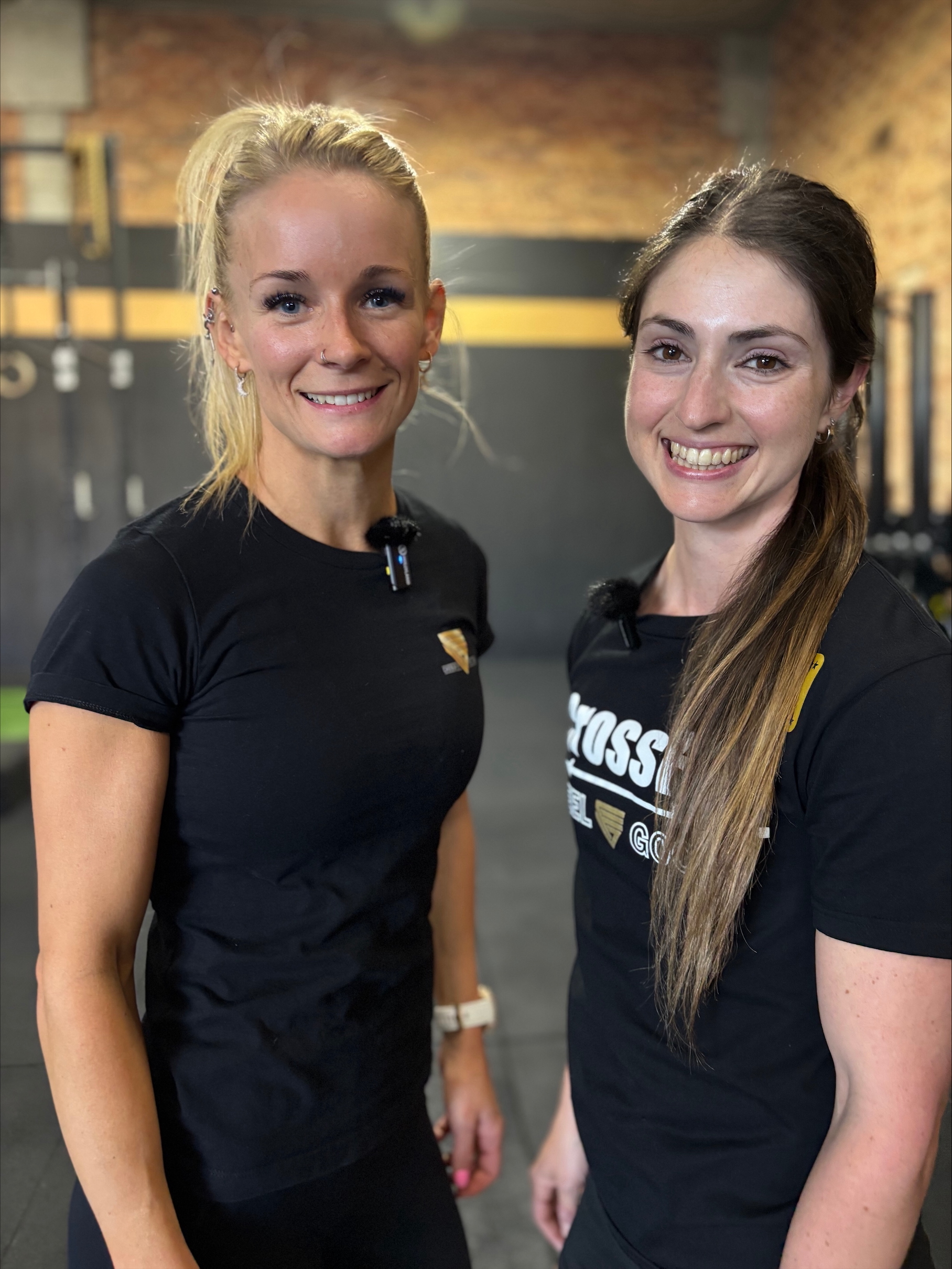
.jpg)
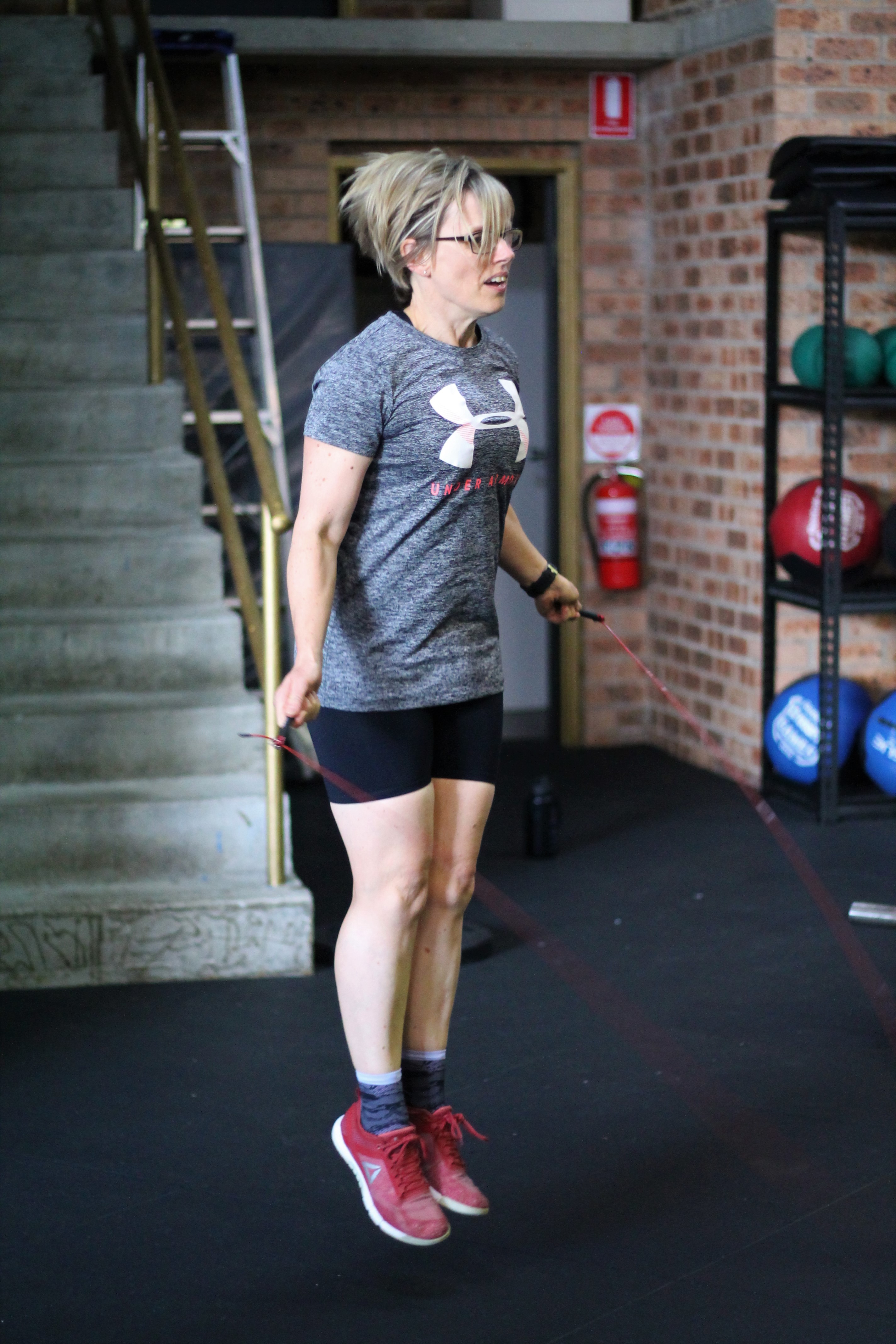
.png)
.png)
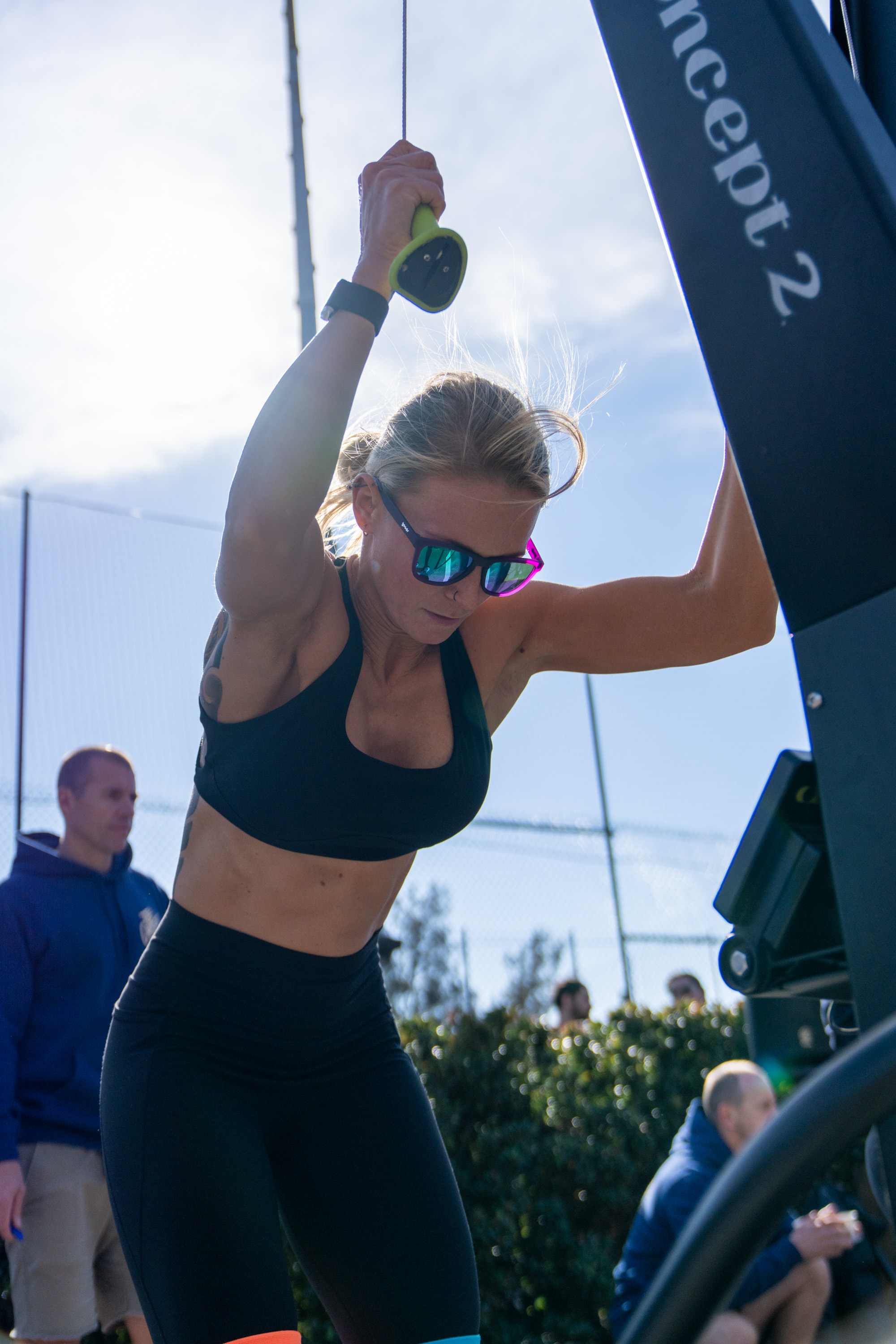
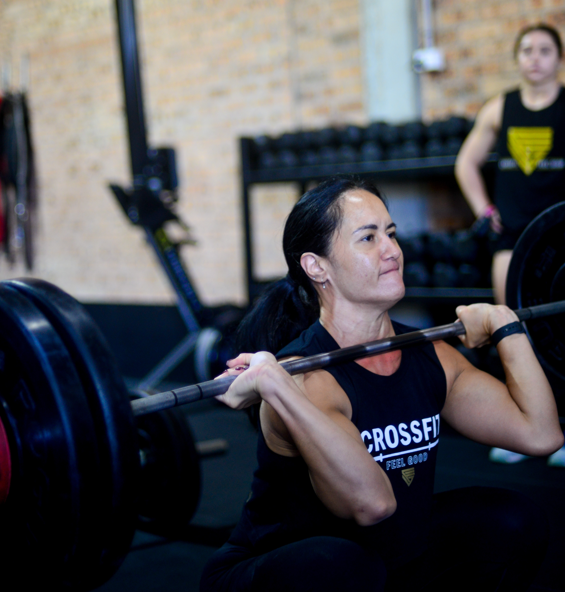
(1)(1)(1).jpg)
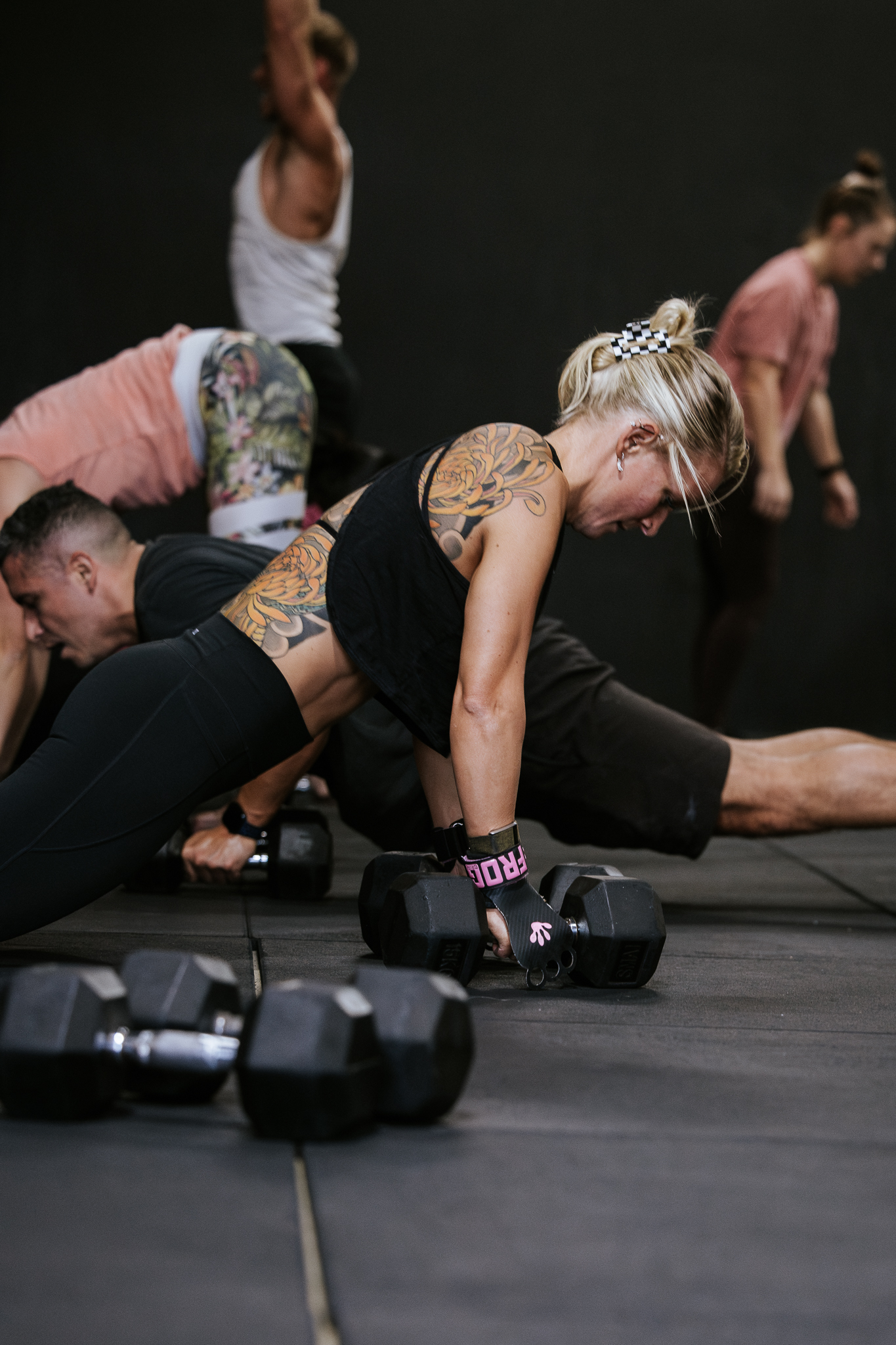
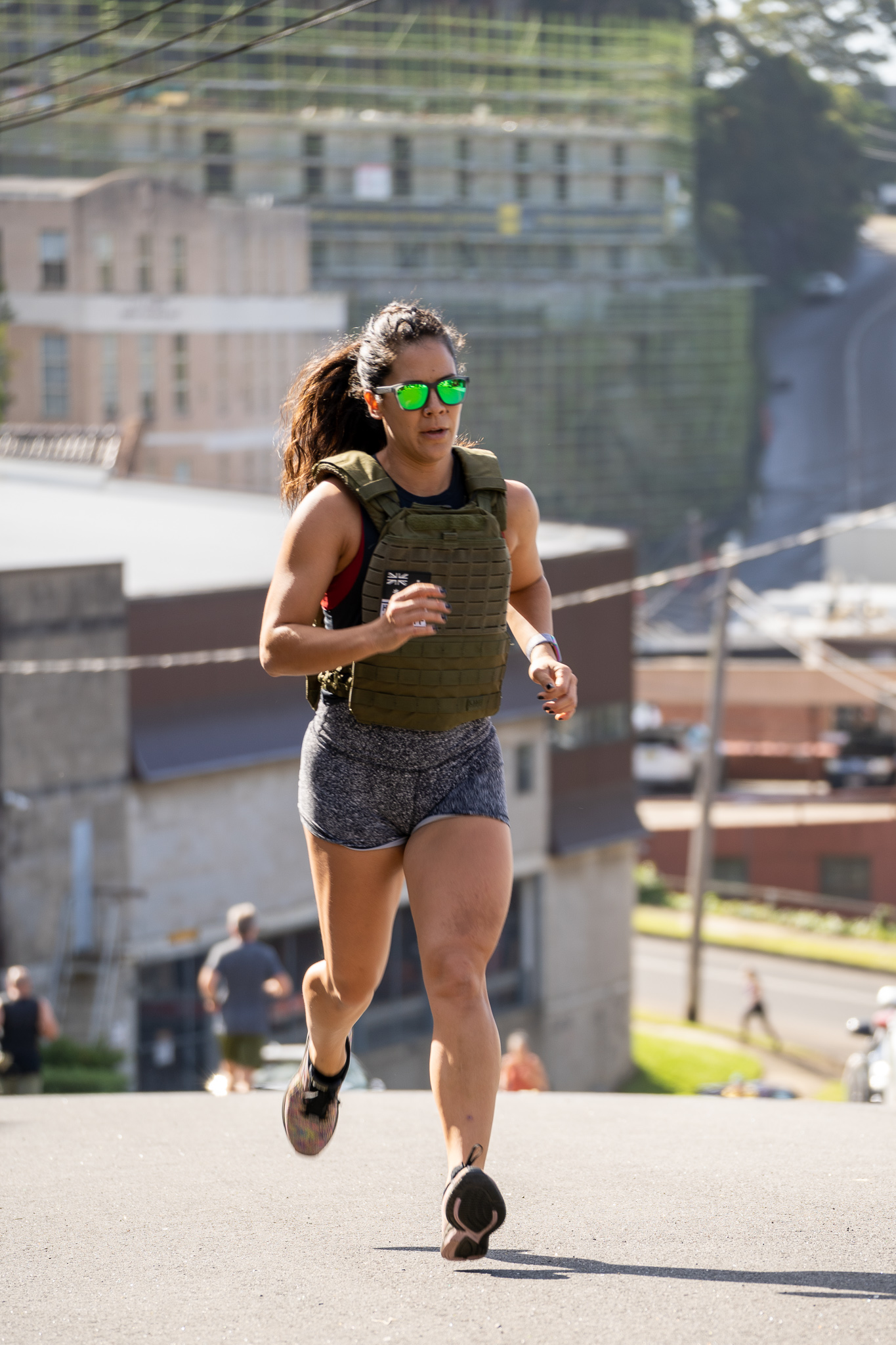
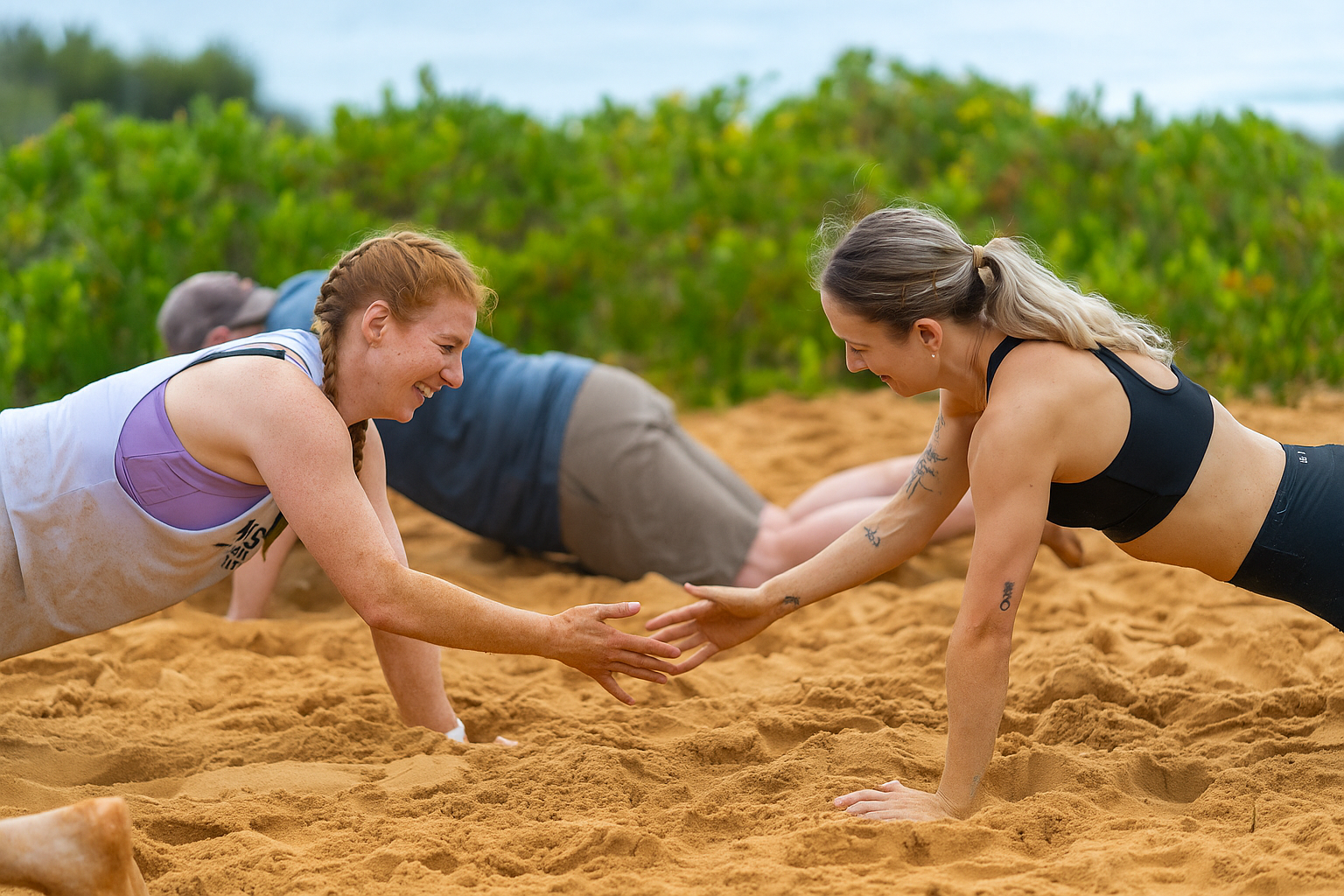
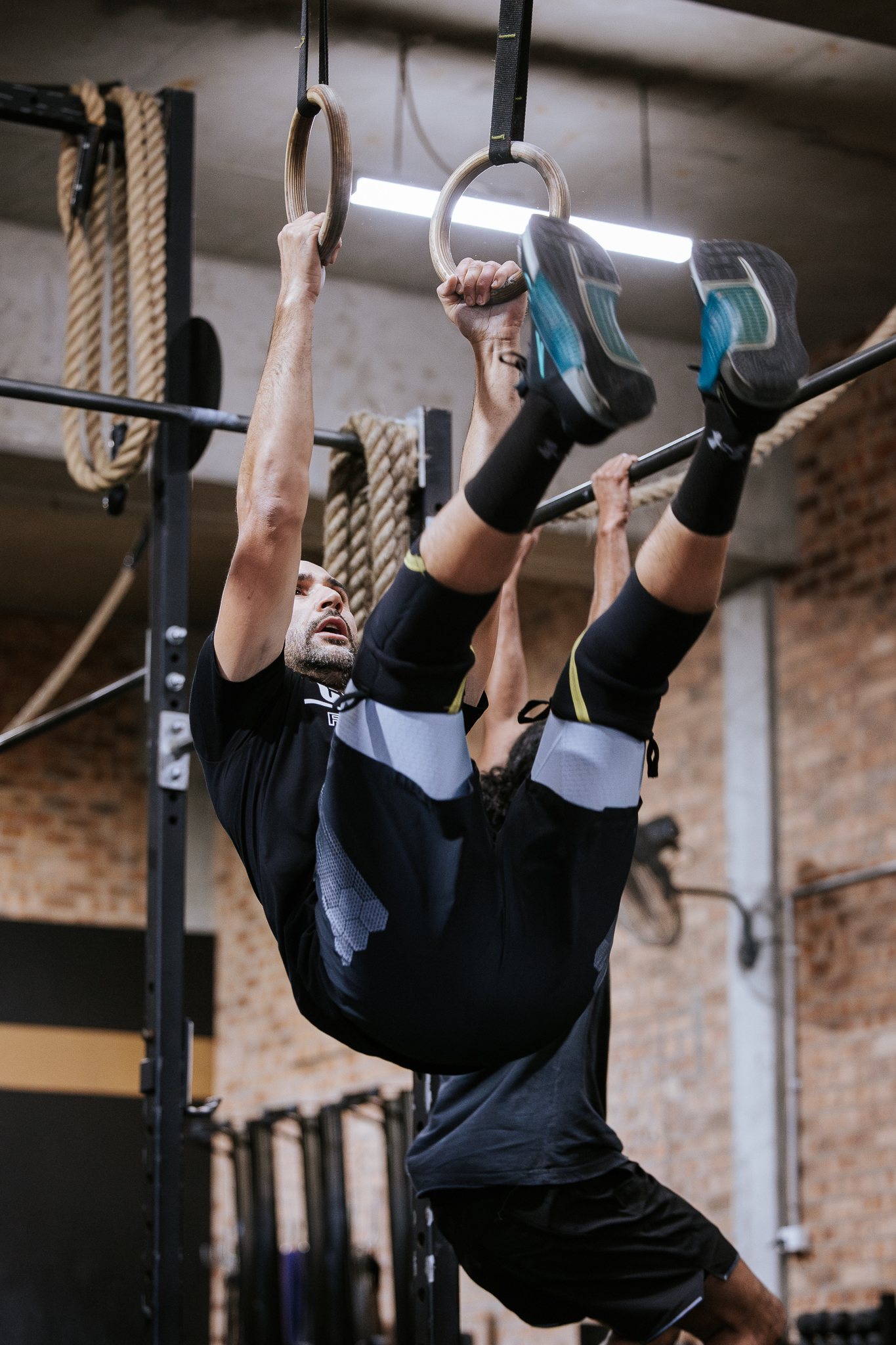
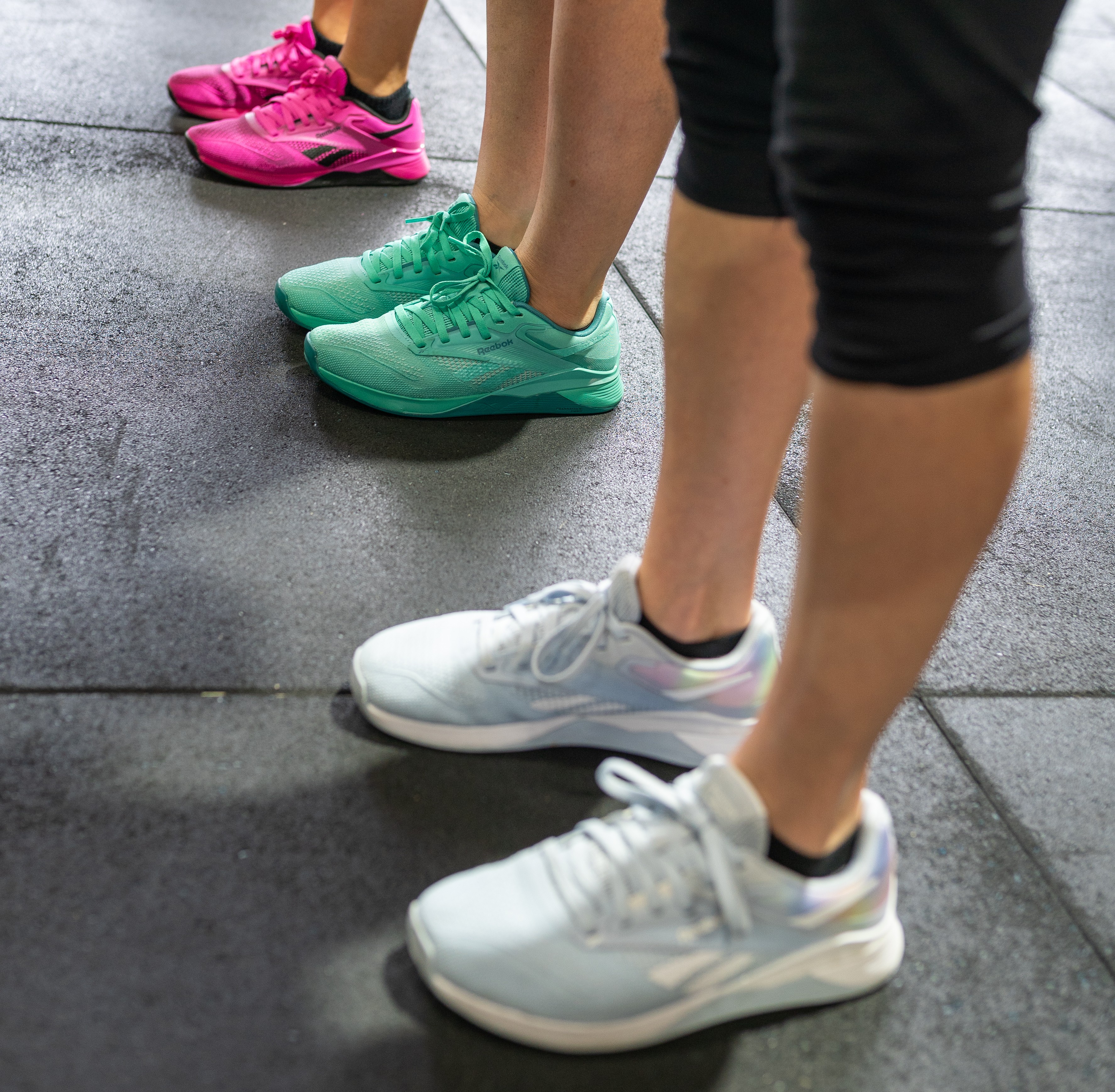
.jpg)
.jpg)
.png)
(1).jpg)
.jpg)